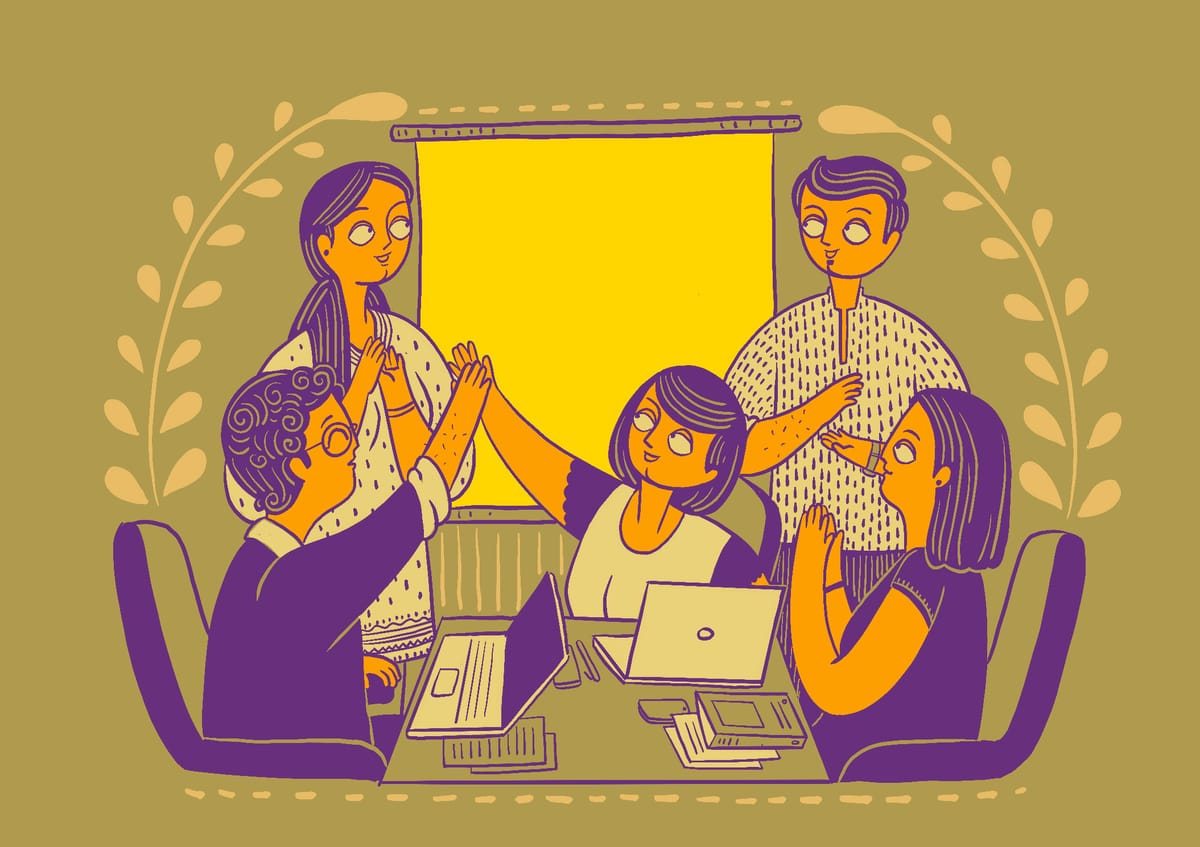Tailoring mental health resources for diverse workforces

In today's fast-paced and constantly changing work environments, mental health has become a critical topic of discussion. As awareness and understanding of mental health continue to increase, it has become imperative for organizations to analyse if their mental health resources meet the needs of their diverse workforce.
Diversity in the workplace is about recognizing and valuing differences in individuals, including but not limited to race, ethnicity, gender, age, sexual orientation, and abilities. There has been a significant push in recent years towards promoting diversity and inclusion in the workplace and with good reason. Research has shown that diverse teams are more innovative, productive, and successful. However, with diversity comes the need for tailored support, including mental health resources.
Traditionally, mental health strategies have been a one-program-serves-all approach, in which the unique needs of different groups of people are not taken into account. The reality, however, is that people experience psychological stressors in different ways, especially regarding generations and diverse people. A one-size-fits-all program leaves substantial gaps in providing the best resources to fit various needs. This does not mean employers must offer different mental health programs, but they should offer diverse resources to close the gaps.
One of the challenges organizations face is the stigma surrounding mental health in different cultures. For instance, in some cultures, mental health is seen as a taboo topic, and seeking help for mental health issues is considered a sign of weakness. This stigma can prevent employees from seeking the support they need, leading to further mental health issues and potentially impacting their performance at work.
How do companies address this?
Provide customised mental health resources that are culturally sensitive and inclusive: This can include offering resources in different languages, collaborating with mental health professionals from diverse backgrounds, and providing education and training to employees and managers on how to support and address mental health concerns in a culturally appropriate manner.
Recognize the unique mental health challenges faced by different groups in the workforce: For example, research has shown that individuals from the LGBTQ+ community face higher rates of mental health issues due to discrimination and societal pressures. Additionally, people with disabilities and those belonging to minority groups may also face unique mental health challenges due to societal biases and unequal treatment. To address this challenge, organizations can provide specific resources and support systems for these groups. This can include offering mental health workshops and support groups specifically for LGBTQ+ individuals or providing accommodations for individuals with disabilities to access mental health services. It is crucial for organizations to proactively engage with these communities to understand their needs and tailor their mental health resources accordingly.
Make resources accessible to those who need them: In today's digital age, many organizations offer online mental health resources, such as virtual therapy sessions and mental health apps. However, it is important to ensure that these resources are accessible to all employees, including those with disabilities or those who may not have access to technology at home.
Consider offering flexible work arrangements: This can include flexible hours or remote work options, which can be beneficial for individuals with mental health conditions such as anxiety and depression, this is useful to new mothers as well. By providing such accommodations, organizations can create a more inclusive and supportive work environment for employees based on their individual needs.
Promote mental health awareness and destigmatize seeking help: Since underrepresented groups may not have familiarity with mental health care, a culturally sensitive approach is needed. This can be achieved through regular communication and education on mental health, creating a safe and open environment for employees to discuss their mental health concerns, and offering employee assistance programs (EAPs) that provide confidential and free counselling services to employees, the Manahverse is ideal for this.
Recognize employees as individuals and not merely as members of a particular ethnic or cultural group: Avoid stereotyping individuals based on their ethnicity or background. Get to know your employees better as people to provide the right support. Attend informal gatherings with your employees and get to know them as unique individuals.
Understanding culture and training managers accordingly: The right support depends on managers actively listening to employees and providing the conditions and resources for conversations around mental health issues. A lack of understanding could lead to an offer of incorrect treatment or a potentially harmful situation being overlooked. Breaking down any cultural barriers before providing support means that employees will feel valued (at the very least) and could lead to improved mental health outcomes.
Create an empowering culture. When lower management feels valued, included, and encouraged to make contributions, they are more likely to speak their minds about what needs to be done in the organization.
Tailoring mental health resources for diverse workforces is crucial for creating an inclusive and supportive work environment. By recognizing the unique challenges faced by different groups and offering culturally sensitive and accessible resources, organizations can support their employees' mental wellbeing and ultimately improve their overall success and productivity. It is essential for organizations to proactively address mental health and prioritize the wellbeing of their diverse workforce.



